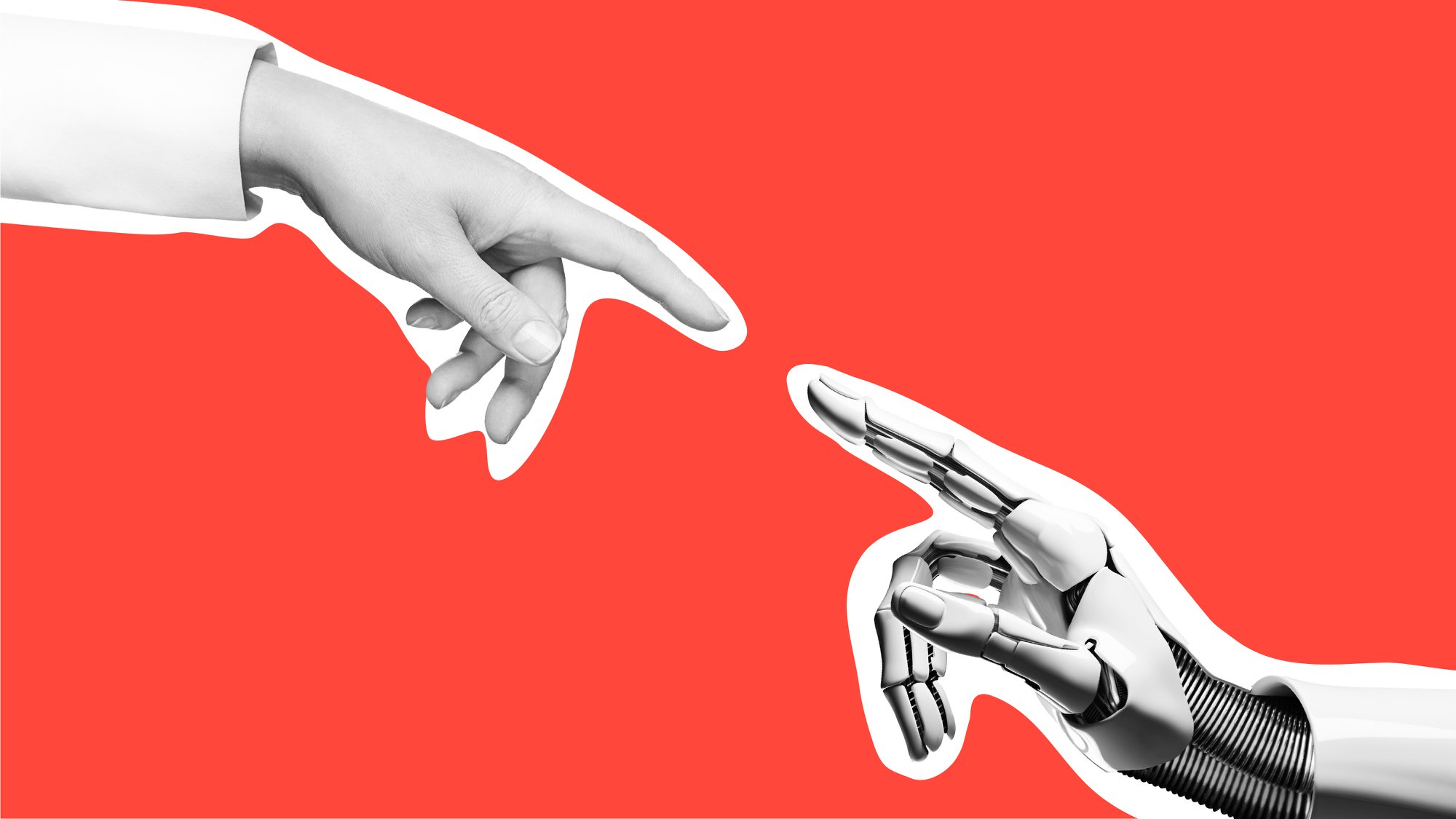Rethinking Reward and Recognition as Part of Employee Experience

I joined The Team earlier in the year, but I’ve been working with employer brands for most of my professional life. Years ago, before there was an established cloud-based infrastructure, one of my main clients was Dell (fun fact: Dell tried to trademark ‘cloud computing’ back in 2008, but the application was refused.) I needed to launch a new server to employees through a combination of onboarding initiatives using internal communications and experiential launch events. As part of the big idea, I put forward an incentive mechanic to try and help drive behaviour change. It was a huge success, and my passion for employee experience and how we integrate reward and recognition to embed values and behaviours, whilst solving business challenges piqued my interest in a big way.
Since then, I’ve been lucky enough to get into the hearts and minds of lots of brands to implement and run either their complete reward and recognition programmes or to recalibrate strategy for a designed experience, which places people front and centre – as it should be!
Why should we rethink reward and recognition right now?
As people ease back into a potential blend of office, home and co-working life, collaboration, inclusivity, and integration towards common goals are some of the many ways in which recognition can help to create unity and really highlight the moments that matter for people in a meaningful way. Hence, a culture of recognition needs to resonate with what people need now, suited to how they work, a people first approach which can be flexible for the changing course of the future too.
Companies with a recognition culture have an employee turnover which is 31% lower.Deloitte.com
Recognition isn’t just about engagement and culture, it’s about an integrated human experience which resonates and allows employees to thrive – it’s the emotional connection that really counts, especially following a time of such transformative change and resilience for so many. Tailored reward and recognition is very powerful as long as it suits the needs of both business and people, resulting in an increase in employee engagement, ultimately adding strength to company culture and employee experience.
Why is it so important?
Receiving gratitude has a positive effect on mental wellbeing, helping to create a happier culture that breeds positivity and increases productivity – as identified by Oxford University. Happier people also have a direct impact on retention, making it far more likely that top talent will stick around when they might have otherwise been swayed by the landscape of dangling carrots offered via tempting employee value propositions by competitors. I’m not talking about trendy perks, but rather a holistic recognition strategy that has mission, values and behaviours at the heart to nurture meaningful workplace relationships and get the very best out of people. Importantly, companies with a recognition culture have an employee turnover which is 31% lower. Any new or revised implementation needs to factor in a blended workforce, so digital delivery certainly has its place to reach everyone, regardless of where they might be.
Over 80% of employees say they work harder when they feel appreciated, they’re willing to go that extra mile because the organisation cares about them. Simply put, when people feel valued and cared for, they do their work with an embedded motivation that is stronger, intrinsic, with a deeper sense of purpose and engagement. The theory of basic human values by Schwartz identifies shared motivators including openness to change and self-enhancement, this alongside Jung’s analytical philosophy of individual psychological states and desires, indicates the essence of feeling both recognised and valued appears central to a wholesome human experience. We need to matter, we need to know we have value resonating with our identity – how we perceive ourselves, and how we are perceived by others.
As Maslow states, beyond our basic needs of food and shelter, safety, belonging, and mattering are the essentials that must be satisfied to reach the smart state of self-actualisation, otherwise known as our full true potential. So, recognition is absolutely a deep routed human need, it warrants time spent, careful thought and consideration to maximise positive effects on performance, wellbeing, and retention within the journey of employee experience.
63% of employees that are recognised are very unlikely to look for a new job.SurveyMonkey partnered with Bonusly
Tips for putting your people first through Reward and Recognition
Creating people centric solutions needs careful thought and planning. Any implementation needs to be embraced and embedded by everyone. It needs to make a difference to how people feel about their work and what they contribute to the brand, ultimately elevating employee experience.
Here’s some tips towards being more people-centric through reward and recognition:
Listen
Listen! Give employees voice – what are their wants and needs, from senior leaders, managers, employees to individuals and teams. Are there wellbeing challenges, isolation, lack of motivation? Listening is a crucial starting point, then synthesise findings before defining values orientated credible solutions that are inclusive, have longevity for the future, and the flexibility to adapt.
Personal
Identify personas across the whole employee estate, a recognition programme needs to be as unique as the organisation and the people within it. Aligned to greater goals, mission and values from a simple thanks, on the spot rewards, to large incentives – physical or experience led. There’s something that suits every individual organisation – no one business, or it’s people, are the same.
Sustainable
Make implementation clear, easy to understand and straight forward to maintain so that everyone has a vested sustainable interest, even those that are time poor need to be able to participate and see the benefits far outweigh the time sacrifice. Frequent progress updates are essential too – people need to know what they do matters; they need to see the impact of their contribution regularly to sustain dedication.
Feasible
To get the best buy-in from employees, make any solution easy to navigate, understand and implement in the day to day. Consider costs associated as investment into people and growth, offset by money saved through the losses in productivity in recruiting new people and not retaining talent.
If you need more advice in getting your reward and recognition strategy started from scratch or a breath of fresh thinking into your existing framework, get in touch. We’re experts in employee engagement enabling us to offer an informed fundamental understanding from attracting top talent, through to strategy and tactics that work to retain brilliant people.




